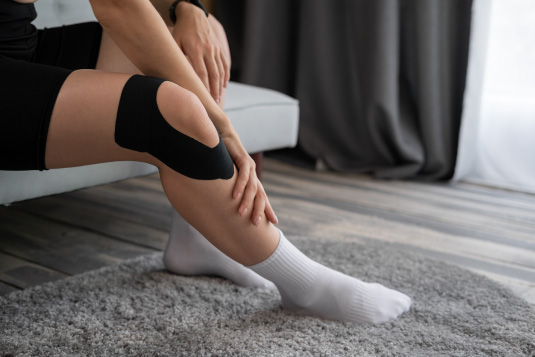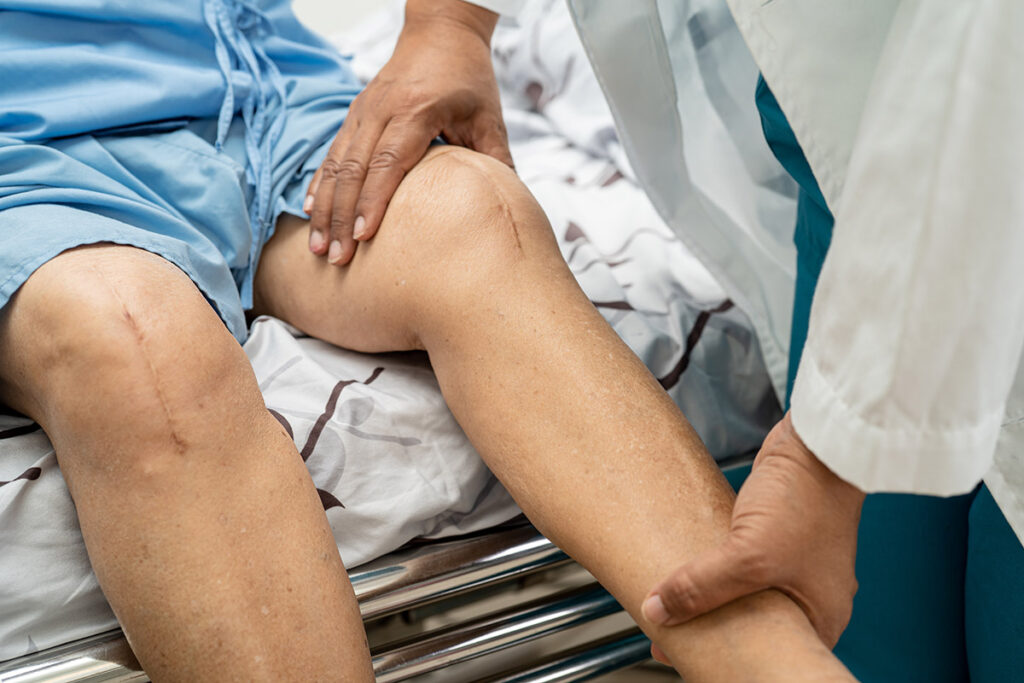

Physicians
Search

GENERAL INFORMATION
Post-traumatic arthritis causes pain and stiffness in the joint affected by a previous injury. There are several causes of post-traumatic arthritis and symptoms that indicate the condition, but a proper evaluation will be needed by a doctor to ensure that the arthritis is post-traumatic.
Post-traumatic arthritis is an inflammation of joints that occurs as a result of is distinct from other forms of arthritis where the condition comes from years of wear and tear. Post-traumatic arthritis, but can also become a chronic condition that has similar symptoms to osteoarthritis.
Some people confuse osteoarthritis with post-traumatic arthritis, but they have different causes. Osteoarthritis is caused by the wear and tear of cartilage around the joints and is the most common form of arthritis instead of a traumatic injury or joint injury.
Post-traumatic arthritis symptoms include:
It’s important to note that any joint in the body can develop post-traumatic arthritis, but it is most commonly found in the following:
The causes of post-traumatic arthritis include any injury to the joints such as car accidents, sports injuries, or falls. Any event or incident that damages the bones can wear down the cartilage in the joints faster than natural processes, especially if injuries repeatedly affect the same joint.
The symptoms of post-traumatic arthritis are similar to those of other arthritis symptoms and require a physical exam and imaging tests for proper diagnoses. During the exam, your doctor will discuss. For tests, your healthcare provider may run the following:
Treatment for post-traumatic arthritis includes:
Surgery is a rare treatment for post-traumatic arthritis, usually only recommended for arthritis that is so severe that it impedes everyday activities and your quality of life, or if severe pain persists for months. When surgery is needed, there are several options for patients:
